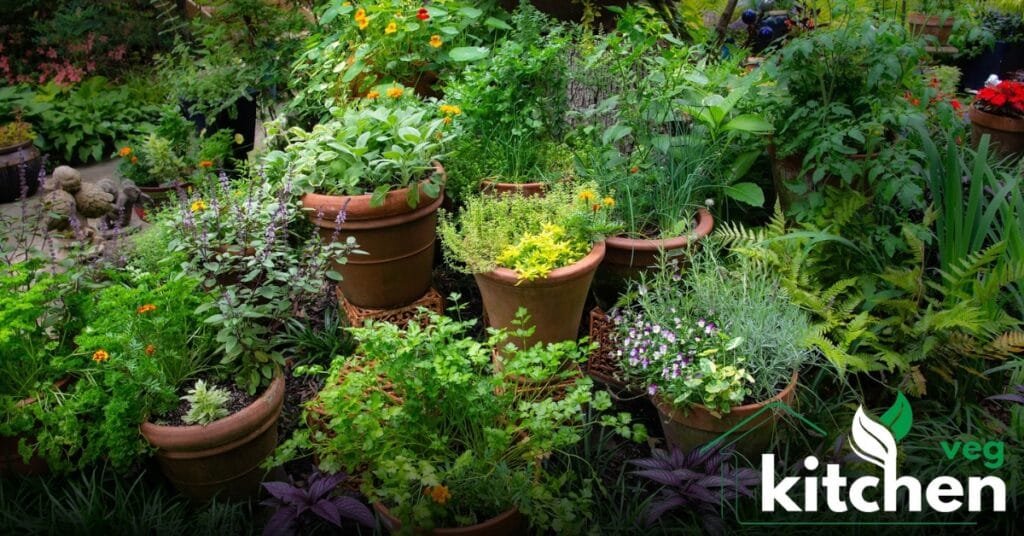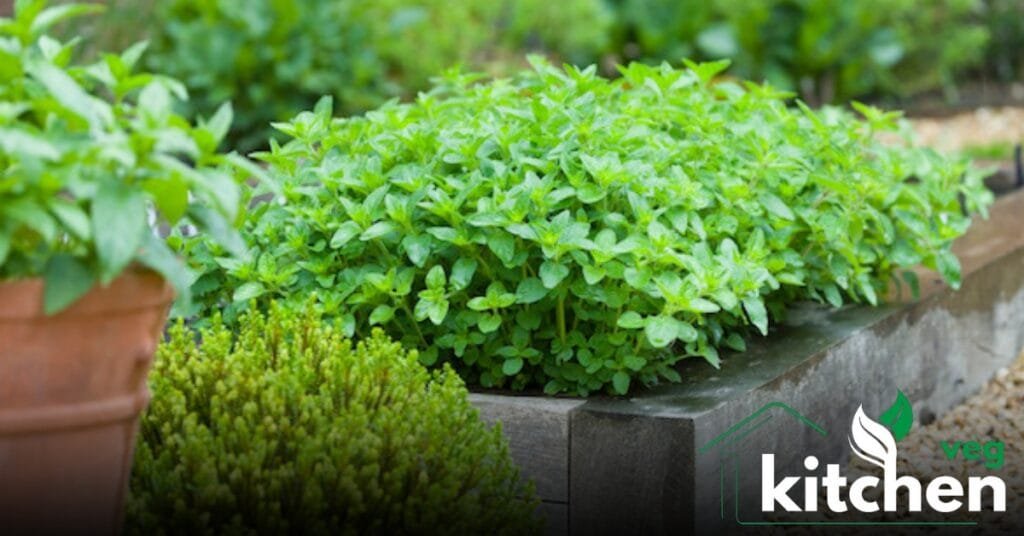Introduction
Herb planter is a pleasant option for culinary explorers and gardening lovers, allowing fresh herbs to be grown in various settings. There is an herb planter to fit any kind of space, be it a little apartment balcony or a large yard. In this in-depth guide, we’ll discuss all you need to know about herb planters, from selecting the best kind to offering upkeep advice and imaginative uses.
Understanding Herb Planters
A herb planter is a container made especially for growing herbs, often called an herb garden or herb planter. They range from classic clay pots to modern self-watering systems and are made of different materials, forms, and sizes.
Herb planter provide a regulated environment for growing herbs, enabling people to cultivate their herbs despite space constraints.
Benefits of Herb Planters

Growing herbs in planters has many advantages. First, herb gardeners give people easy access to fresh herbs for culinary, garnishing, and medicinal uses.
Herb harvests are healthier and more bountiful when grown in planters since they allow better control over soil quality, moisture content, and exposure to the sun. Herb planters are also quite adaptable and may be used indoors or outdoors, which makes them ideal for urban dwellers and people with little outdoor space.
Choosing the Right Container
Think about size, drainage, and material when choosing an herb planter for your herb garden. Choose a container with enough room for the root systems of the herbs you have selected and enough drainage holes to keep the area from becoming too wet.
Furthermore, pick a weather- and durable-resistant material, such as ceramic, plastic, or clay. Hanging baskets and vertical herb planters are excellent methods to save space if you’re short on room.
Selecting the Best Herbs
Your tastes, your demands as a cook, and the growing environment will all influence the herbs you decide to produce. Herb gardeners often grow basil, parsley, mint, rosemary, thyme, and cilantro.
When choosing herbs for your planter, keep things like sunshine requirements, water requirements, and growing patterns in mind. Mix and match herbs with various textures, tastes, and colors to build a varied and aesthetically pleasing herb garden.
Preparing the Soil
Herbs grown in planters need good soil to develop correctly. Select a premium potting mix rich in nutrients and good drainage. Garden soil should not be used as it might contain weed seeds, bugs, or illnesses.
Make sure the soil is uniformly damp but not soggy before planting. Compost or aged manure are examples of organic materials you may add to your soil to increase its fertility and structure.
Planting and Maintenance Tips
To minimize crowding and resource competition, place your herbs in your herb planter at a distance determined by their mature size. Before planting, carefully loosen the roots and give the earth plenty of water to settle them.
To maintain uniformly wet soil, position the herb planter in a bright spot that receives at least 6 to 8 hours of sunlight daily. Water it frequently. Regular trimming and harvesting herbs can promote bushy growth and extend the harvest season.
Pest and Disease Management
Like any other garden plant, herbs planted in planters are vulnerable to diseases and pests. Aphids, spider mites, and whiteflies are common pests of herbs, and diseases like powdery mildew and root rot can also strike.
Regularly check your herbs for indications of damage or infestation, and act quickly to cure illnesses or manage pests to avoid pest and disease issues. Steering clear of overwatering, overcrowding, and inadequate air circulation can exacerbate disease and insect issues.
Harvesting and Using Fresh Herbs
Harvesting fresh herbs and utilizing them in your cooking is one of the pleasures of growing herbs in planters. To prevent harming the plants, gather herbs in the morning when their essential oils are at their highest concentration.
Use sharp scissors or pruners. Take only the necessary amount of fruit, leaving enough foliage for the plant to thrive. Fresh herbs can be dried, frozen, or infused to preserve them for later use in dishes, including salads, soups, sauces, marinades, and teas.
Creative Herb Planter Ideas
Explore several design concepts and container alternatives to add creativity to your herb plants. Consider upcycling commonplace objects like wooden crates, tin cans, and mason jars into artistic herb planter.

Herb towers, spirals, and vertical gardens are well-liked solutions for optimizing area and adding visual appeal. Try blending herbs with edible flowers or decorative plants to make eye-catching and functional container gardens.
Troubleshooting Common Problems
Herbs grown in planters might present some difficulties even with the best intentions. Herb bolting, yellowing leaves, withering, and stunted growth are typical issues. Pest infestations, nutrient shortages, overwatering, and underwatering are a few of the variables that might lead to these problems. Examine your plants closely, determine the root of the issue, and address any issues by making necessary adjustments to fertilization, trimming, or watering routines.
Conclusion
Herb planter offer a convenient and rewarding way to grow fresh herbs at home, regardless of your gardening experience or space limitations. With the perfect container, the best herbs, and the necessary care and attention, a plentiful harvest of aromatic and savory herbs may be enjoyed all year long.
Herb planters will improve your culinary endeavors and add a little greenery to your living area, regardless of your level of gardening experience.

